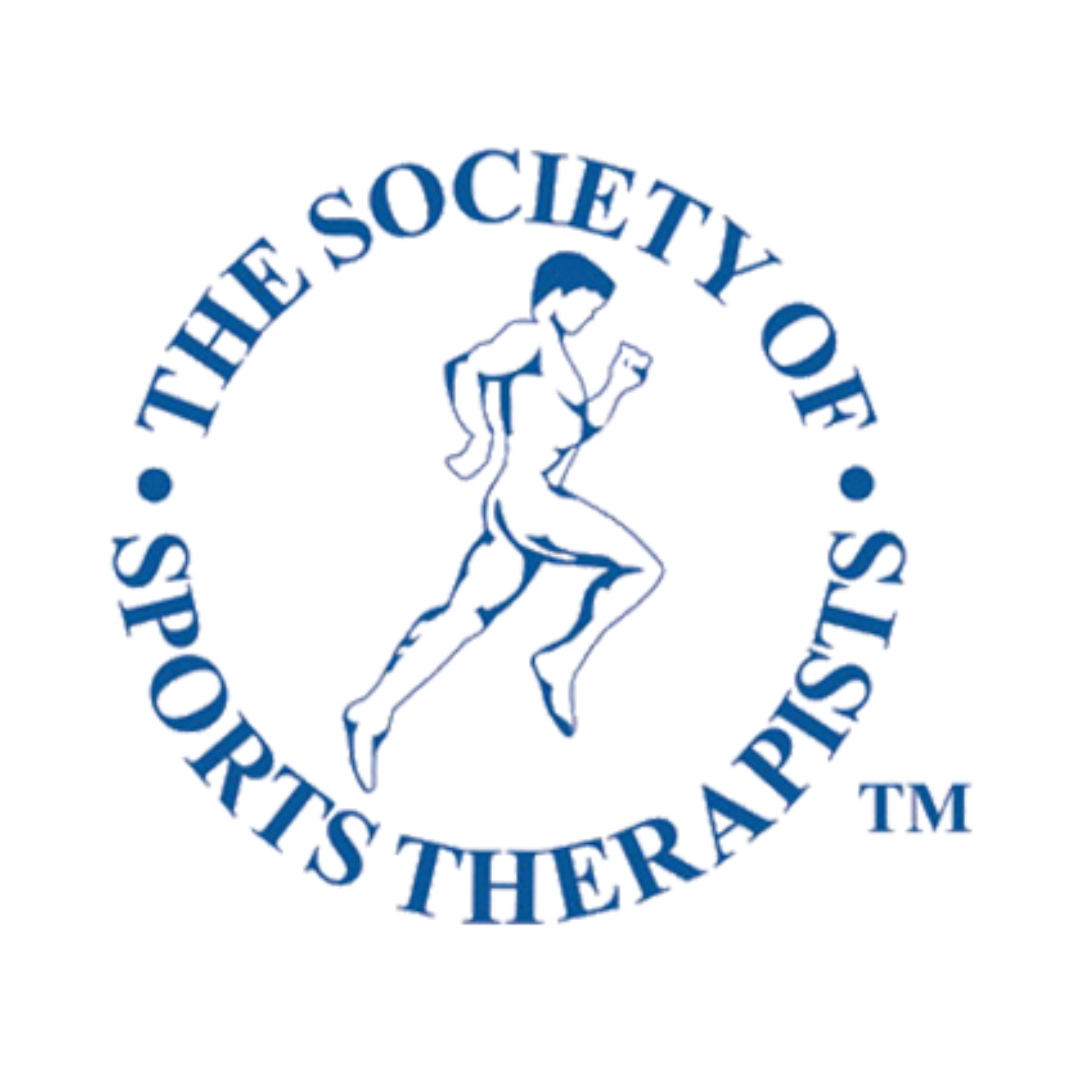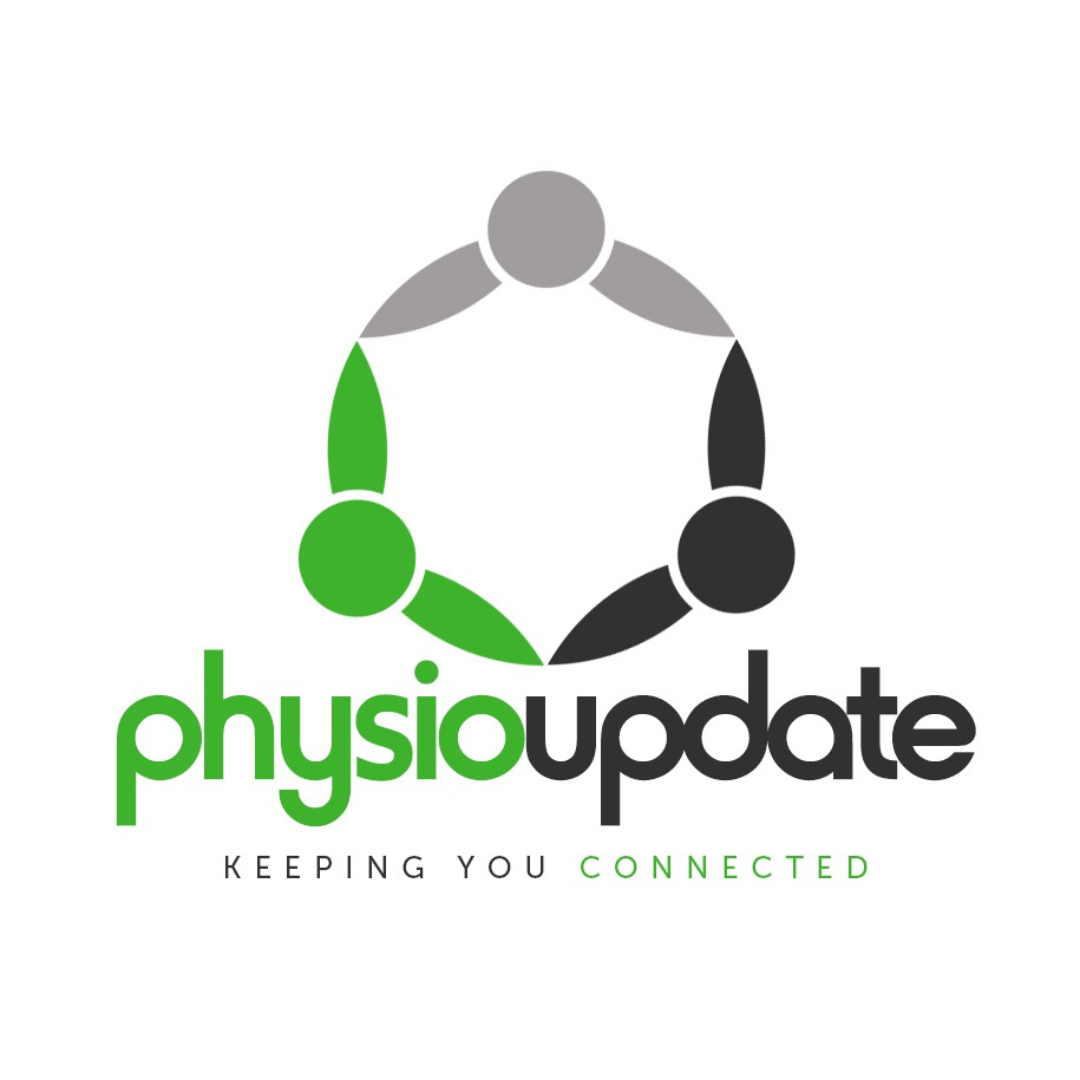Gait analysis practical demonstration: how to shift load
28 Nov 2024
The Hands-On Hub
Gait Analysis can be a hugely beneficial tool for runners, but often not for the reasons we are traditionally taught. Despite the popular use of Gait Analysis to screen runners for ‘biomechanical flaws’ to reduce running related injury and/or increase running performance, the success of such is often hit & miss, and not supported by research. The fact that so many runners still get injured (or re-injured) is testimony to this. What Gait Analysis can be used for is ‘shifting load’, in other words making slight adjustments to a runner’s running form in order to redirect load away from sensitised tissues, and essentially find a way for the runner to continue running without provoking pain, which can be a hugely important component within a rehab program and successful recovery.
- Theory to Practice:
- 1. Simple, practical ways to change running gait in order to offload & help recovery from: calf/Achilles issues, patellofemoral pain, ITB syndrome, hip pain, lower back pain, and more.
- 2. Understanding of the use of external vs. internal feedback in relation to running cues, use of treadmill, music, metronome, iPad, mobile phone, etc.
- 3. What other factors to keep an eye on alongside gait modification, during rehab of running related injury / pain.
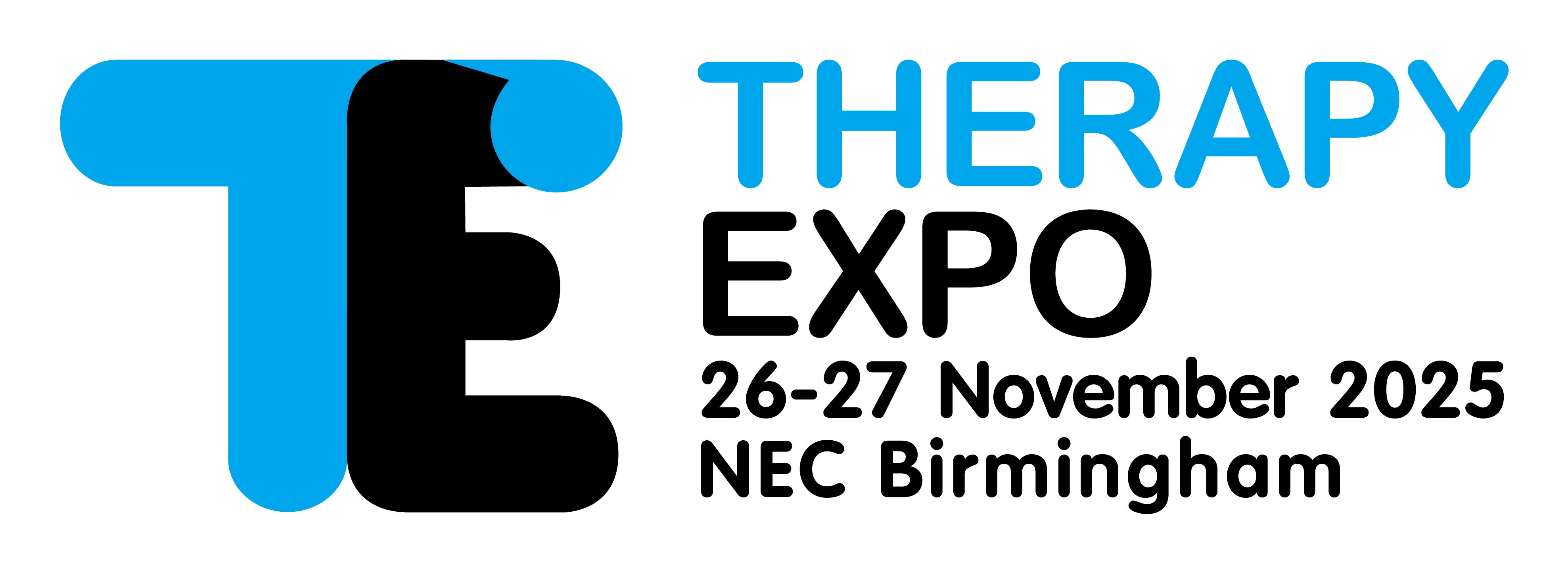


.png)
.png)

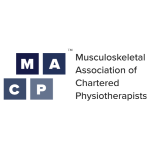

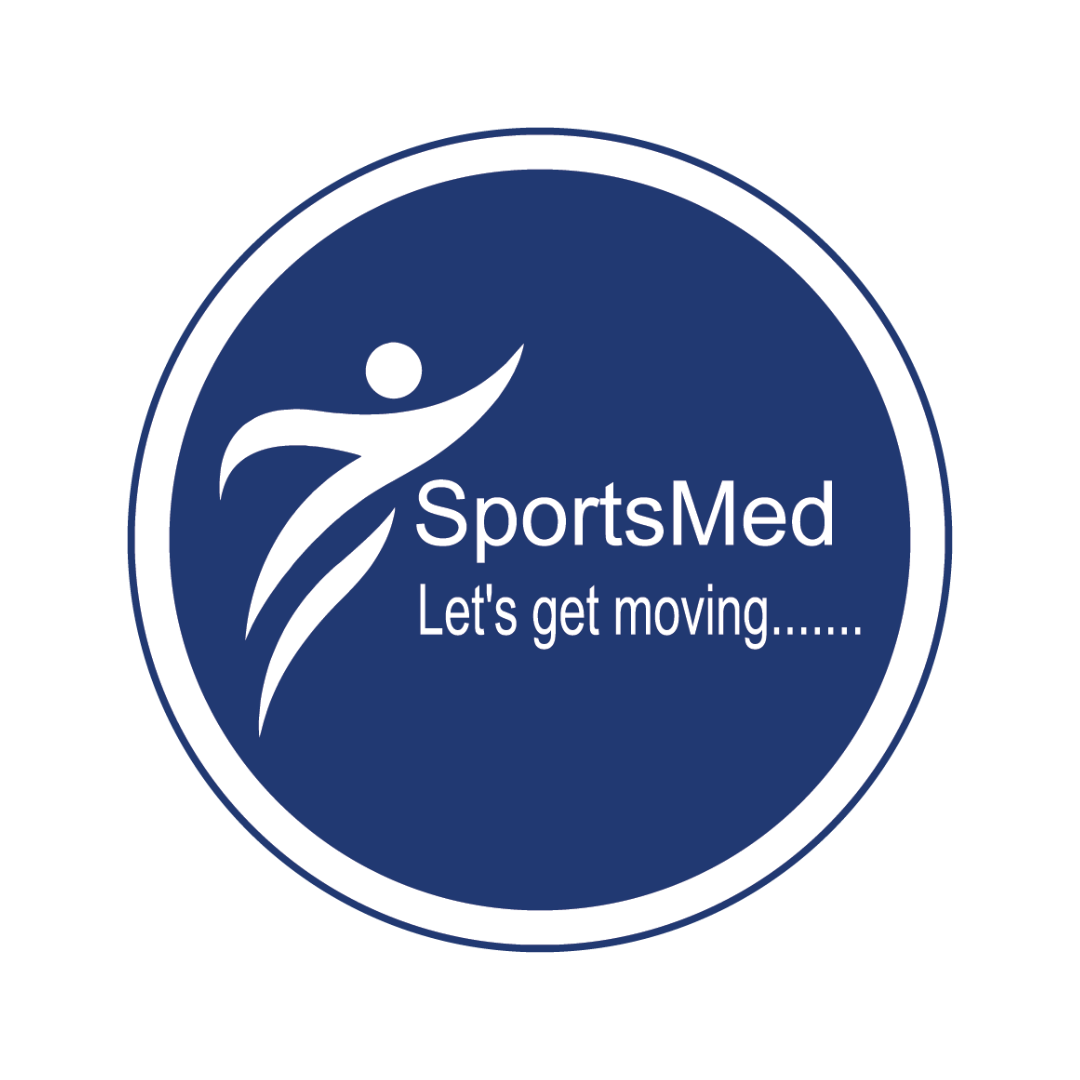

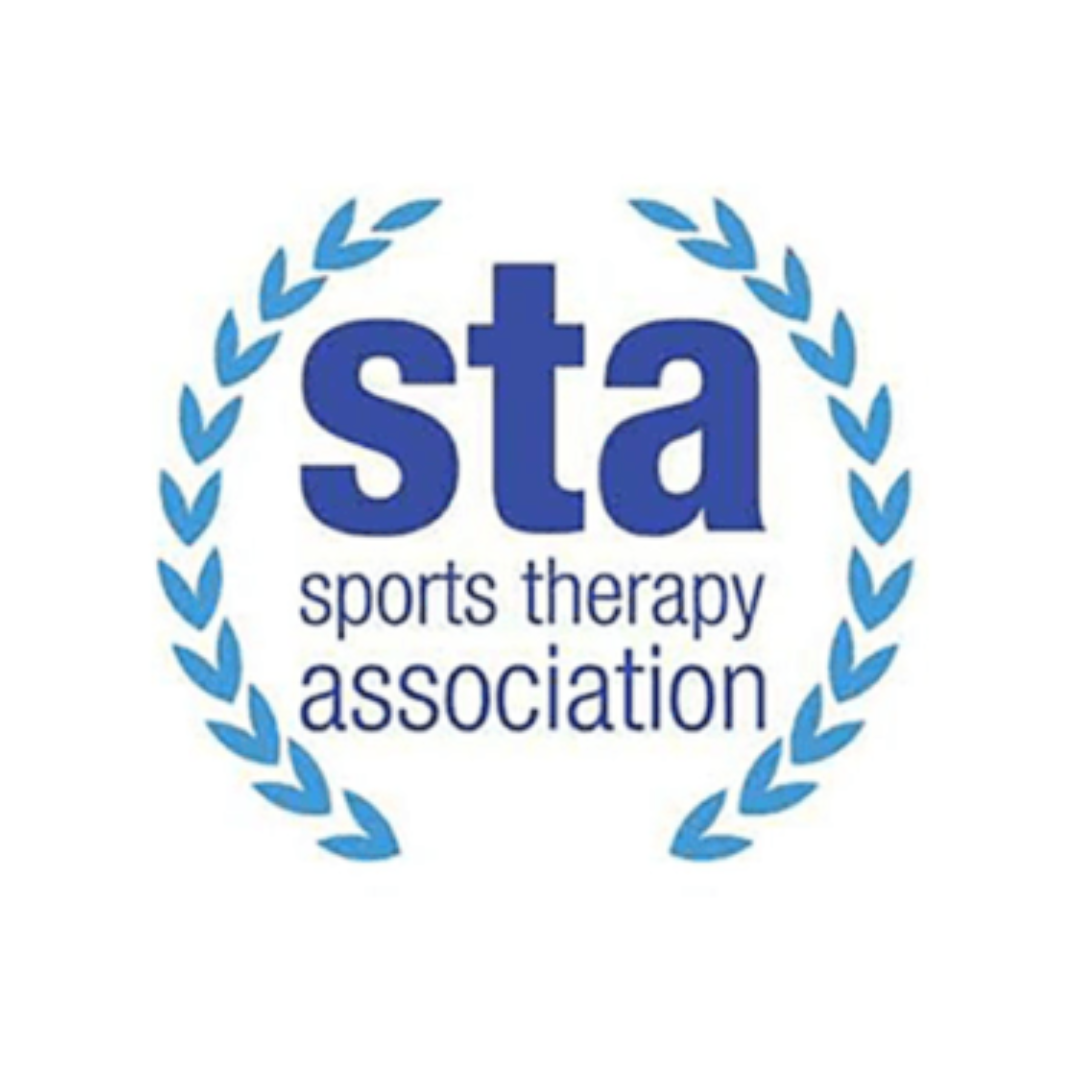

.png)
